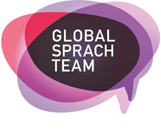Quality management is one of GlobalSprachTeam’s many important responsibilities. The path to a high-quality translation is longer than you might initially assume. One key element is the amount of communication required between client and translator in order to end up with a pleasing result. Put simply: Quality management is built on communication. Keep reading to find out what this communication looks likes during the various practical stages of the translation process.
Conquering the journey from a source text to a top-notch translation requires a solid understanding of the process and a whole lot of communication. From start to finish, the process is as follows:
Writing the source text
The road to a translation begins with the source text. Ideally, the author takes care to adhere to the conventions of the genre while never losing sight of the text’s structure, target readership, and grammatical correctness.
Placing a clear order with the translation specialist
Once the text is finished in the source language, it can be handed over to the translator. When placing the translation order, it is important to clearly communicate any specifics you might require. This is particularly relevant when it comes to glossaries, i.e. if certain terms are to be translated in a particular way. As a rule, there is no such thing as providing too much information during this stage of the translation journey!
Quickly resolving any potential questions
Sometimes, the translator already has questions right after receiving the job. These questions may relate to ambiguities within the text or to formal aspects such as the preferred format of citations. The quicker and more clearly these queries are resolved, the more confidently and quickly the translator can begin their actual work.
Translating
During this stage, the source text is delicately translated into the target language. A skilled translator not only considers the contents and style, but also takes into account what conventions exist in the target language for the type of text at hand. And it goes without saying that the translator always keeps the client’s wishes in mind.
Resolving further questions
While some questions arise right away, others don’t become obvious until the translation is underway or possibly even almost finished. Of course, they are sorted out with the client so that the translator can complete their task.
Delivering the translation to the client
The translation is now complete! The text now exists in the target language and is good enough that the translator can deliver it with confidence. The target-language text which the client receives is coherent as well as formally correct.
Receiving feedback from the client
After they have received the translation, the client can examine it and get back to the translator with any changes they might want implemented. Should such changes be desired, the translation is sent back to the translator with precise instructions regarding what should be modified. The modifications may not necessarily be due to mistakes. It is just as possible that the client has amended the source text, making an adjustment to the translation necessary. In other instances, the client may ask for clarification as to why the translation made a certain linguistic choice. If the explanation is satisfactory, there might be no need for a modification of the translation.
Modifying the translation according to potential client requests
In this final stage, the translator completes the final version of the text. This version is then delivered to the client, thus successfully concluding the translation process! Of course, we’re always happy when the communication channels remain open after the actual translation is finished. Feedback from our clients about the collaboration process is always welcome. This way, we can evaluate what went well and what aspects might need improvement the next time around.
It is important that the translation process be understood as a chain of tasks in which the successful completion of each step is the prerequisite for the following step. A successful completion entails continuous communication between the client and the translator. At GlobalSprachTeam, we know that communication is a necessary condition for quality management. It allows all parties to do their jobs well in order to end up with a satisfying result.
(O.M., 2021)
Were you surprised to learn how long the translation process is? What did you think of this article? Let us know on Twitter!




